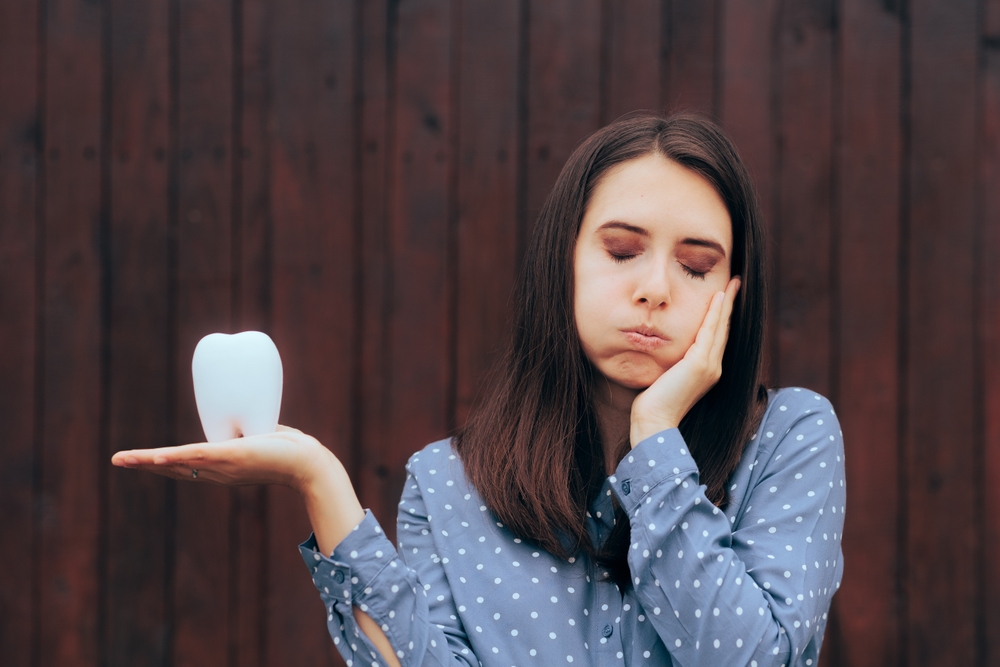It’s normal to feel a little discomfort right after getting a dental filling. But what if that sharp twinge or dull ache returns months later? If you’re asking yourself, “Why does my tooth filling still hurt after a few months?”, you’re definitely not the only one.
This lingering pain can be frustrating, especially when you thought the problem was already solved. The good news is, it’s often fixable — and getting the right care makes all the difference.
At Luna Dental, we take these concerns seriously. With advanced diagnostic tools like digital X-rays, we can quickly identify the root cause and provide a personalized solution that restores comfort and protects your overall health.
Signs Your Filling Might Need to Be Replaced
Fillings aren’t meant to last forever. If you notice any changes or discomfort around your filling, it could be a sign that it’s time for a replacement. Common signs include:
- A filling that feels loose or moves
- Chips, cracks, or rough edges
- Dark spots, holes, or staining
- Tooth sensitivity to hot, cold, or sweets
- Pain or pressure when chewing
- A dull ache or sudden sharp pain
If any of these symptoms sound familiar, don’t wait. Let your dentist take a closer look using intraoral scanners and soft tissue lasers to pinpoint the problem quickly and painlessly.
Why Does My Tooth Filling Hurt After Months
Tooth pain months after a filling isn’t something to ignore. Several things might be causing it:
1. Filling Height or Placement Issues
If your filling is even slightly too high, it can put excess pressure on your bite. Over time, this constant force can cause pain, especially when chewing. It might also lead to jaw discomfort or headaches.
2. Cracked or Worn Fillings
Fillings can wear down or crack from chewing, grinding, or clenching. When this happens, the inner part of the tooth can become exposed, leading to sensitivity or pain.
3. Tooth Decay Beneath the Filling
Sometimes decay continues to grow beneath an old or poorly bonded filling. This can lead to infection or nerve irritation, both of which can cause discomfort months or even years later.
4. Nerve Irritation or Pulpitis
Dental work can sometimes irritate the nerve inside your tooth, especially if the cavity was deep. This inflammation, known as pulpitis, may cause lingering sensitivity to hot, cold, or pressure.
5. Teeth Grinding (Bruxism)
Grinding your teeth at night puts a lot of stress on both your natural teeth and any dental restorations. This can wear down your filling and make your teeth ache, even long after the procedure.
How Often Do Fillings Need to Be Replaced?
The lifespan of a dental filling depends on a few factors — the material used, where it’s located in your mouth, and your daily oral habits. Gold, porcelain, and amalgam fillings can often last 15 to 20 years with proper care. Composite (tooth-coloured) fillings, which are more common today, typically last around 5 to 10 years, sometimes longer, with regular dental checkups and good oral hygiene.
Fillings in areas that take more pressure, like your back molars, may wear down faster. Front-tooth fillings can also loosen or stain over time, especially if you’re biting into hard foods or drinking dark beverages. Some patients choose to replace them earlier for cosmetic reasons.
Comfort-Focused Care for Lingering Tooth Pain
If your tooth filling hurts after months, don’t ignore it — pain is never something to brush off. At Luna Dental, we take a full, thoughtful approach to your oral health. Our expert team can quickly identify why your tooth filling hurts even months after it was done and offer effective and comfortable solutions. Whether it’s a bite adjustment, a worn filling, or a different issue, we’re here to help you feel better and protect your long-term health.
Book your visit today and let our team take care of your smile with precision, trust, and care.






